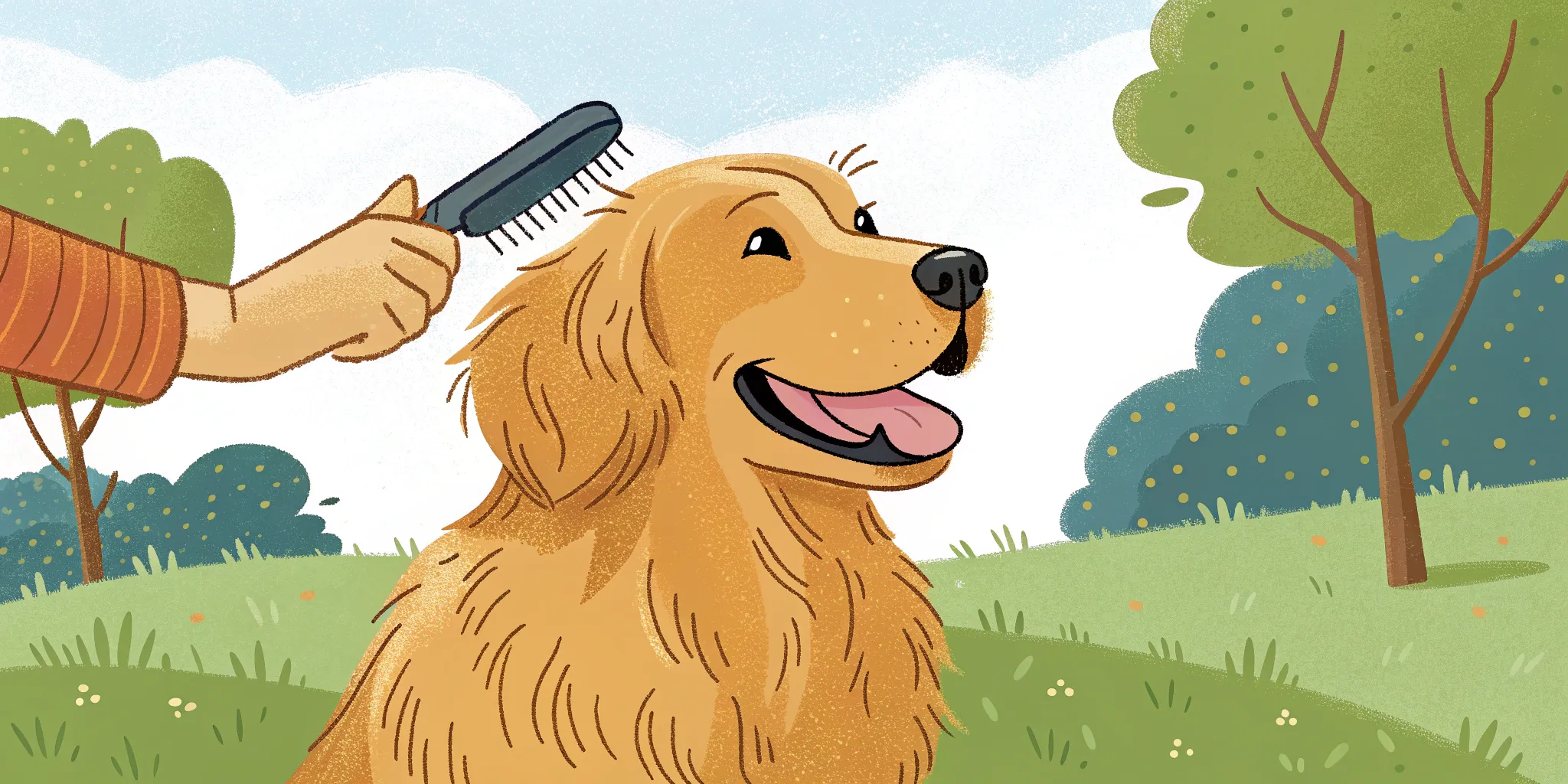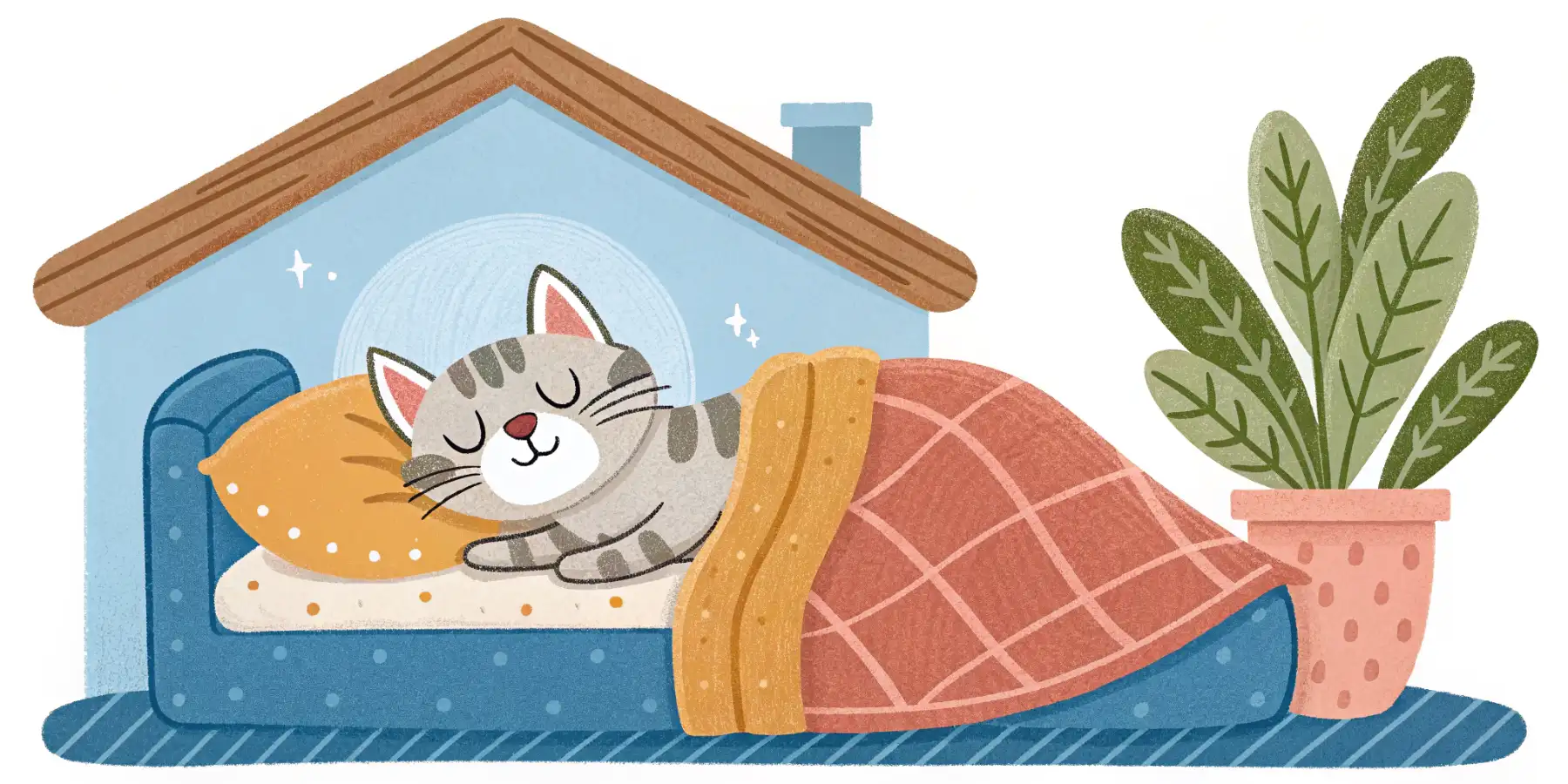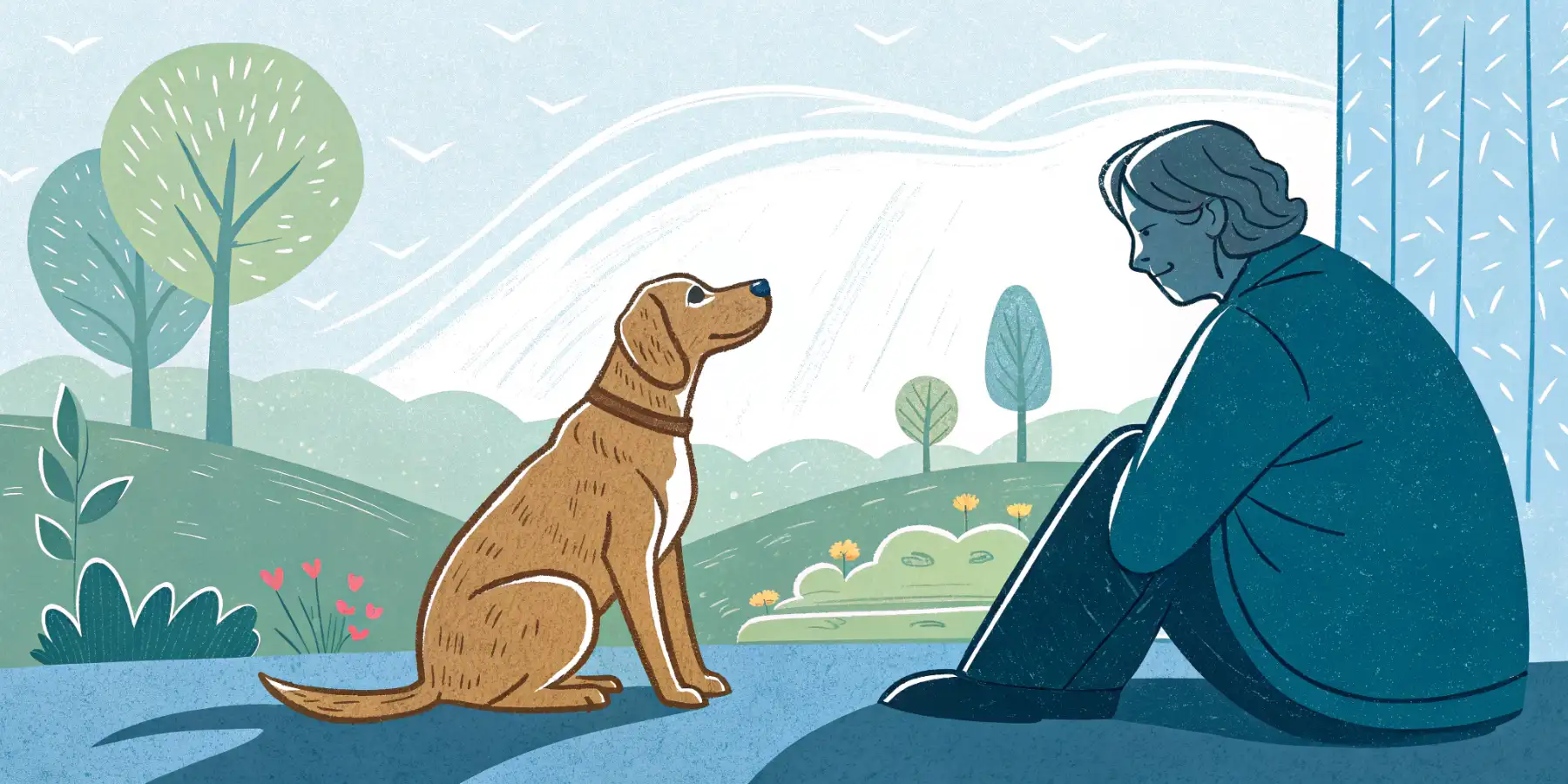
Dog Grooming Guide: Coat, Nails, Ears & More!
Dog grooming can be ruff! 🐾 Learn a simple schedule for coat care, nail trims, & ear cleaning to keep your pup healthy & happy!
Grooming Your Adult Dog: Coat Care, Nail Trims, and Ear Cleaning Schedule
Let’s face it, owning a dog is a joy, but it also comes with responsibilities. Beyond the walks, the playtime, and the endless supply of love, there’s grooming. And while some pups practically enjoy being pampered, others might see a brush as a weapon of mass destruction. No matter your dog’s perspective, regular grooming is absolutely essential for their health and well-being. It’s about more than just aesthetics; it’s about preventing matting, detecting potential skin issues early, and keeping those ears clean.
Understanding Your Dog’s Coat Type
Before you even think about picking up a brush, it’s crucial to understand your dog’s coat type. This knowledge will dictate the type of grooming tools you’ll need and how often you’ll need to groom them. Breeds with double coats, like Huskies or German Shepherds, shed a lot, especially during shedding season. On the other hand, breeds with single coats, like Poodles or Shih Tzus, require more regular clipping or trimming.
- Double Coats: Require regular brushing, especially during shedding seasons, to remove loose undercoat and prevent matting. Undercoat rakes and de-shedding tools are your best friends here.
- Single Coats: Need regular clipping or trimming to prevent matting and tangles. Slicker brushes and metal combs are important for maintaining their coats.
- Wire Coats: Require stripping (removing dead hair by hand or with a stripping knife) to maintain their texture and prevent skin problems.
- Smooth Coats: Minimal grooming is required; a quick brush with a rubber mitt or bristle brush will do the trick.
In my experience, many owners underestimate the importance of understanding their dog’s coat type. They often use the wrong tools, leading to frustrated pups and ineffective grooming sessions. Taking the time to learn about your dog’s specific needs will make the whole process much smoother (and less stressful!).
 A golden retriever enjoys a relaxing brushing session in the sunshine, highlighting the importance of regular coat care.
A golden retriever enjoys a relaxing brushing session in the sunshine, highlighting the importance of regular coat care.
Creating a Coat Care Schedule
Once you know your dog’s coat type, you can establish a grooming schedule that works for both of you. Consistency is key! Even a few minutes of brushing each day can make a huge difference.
- Daily (or Every Other Day): Quick brush to remove loose hair and debris. This is especially important for long-haired breeds.
- Weekly: More thorough brushing, paying attention to areas prone to matting (behind the ears, under the armpits, and around the tail). Check for any lumps, bumps, or skin irritations.
- Monthly (or As Needed): Bathing (but don’t overdo it! Over-bathing can strip your dog’s coat of its natural oils), nail trimming, and ear cleaning.
Long-tail keyword alert: Establishing a monthly dog grooming checklist can really help you stay on track.
Nail Trimming: A Necessary Evil (But Not Really!)
Many dog owners dread nail trimming, and I understand why! It can be nerve-wracking, especially if your dog isn’t a fan. However, keeping your dog’s nails trimmed is crucial for their comfort and mobility. Overgrown nails can cause pain, alter their gait, and even lead to arthritis down the road.
- The Quick: The “quick” is the pink part of the nail that contains blood vessels and nerves. Cutting into the quick is painful and will cause bleeding.
- Trimming Techniques: Use guillotine-style trimmers or scissor-type trimmers. Trim small amounts at a time, especially if you’re not confident. If your dog has dark nails, it can be hard to see the quick. Err on the side of caution and trim a little at a time.
- Dealing with Resistance: Start slowly and positively. Introduce the trimmers gradually and reward your dog with treats for good behavior. If your dog is truly terrified, consider having a professional groomer or veterinarian trim their nails.
If you accidentally cut the quick, don’t panic! Apply styptic powder or cornstarch to stop the bleeding.
 A close-up view of dog paws and nail trimmers, illustrating the process of safely trimming a dog’s nails to prevent overgrowth and discomfort.
A close-up view of dog paws and nail trimmers, illustrating the process of safely trimming a dog’s nails to prevent overgrowth and discomfort.
Ear Cleaning: Preventing Infections
Ear infections are a common problem in dogs, especially those with floppy ears like Cocker Spaniels or Basset Hounds. Regular ear cleaning can help prevent these infections by removing wax, debris, and moisture.
- Signs of an Ear Infection: Head shaking, scratching at the ears, redness, discharge, and a foul odor. If you notice any of these signs, consult your veterinarian.
- Cleaning Solution: Use a dog-specific ear cleaning solution. Never use alcohol or hydrogen peroxide, as these can irritate the ear canal.
- Cleaning Technique: Gently lift the ear flap and squirt the cleaning solution into the ear canal. Massage the base of the ear for 30 seconds to loosen debris. Allow your dog to shake their head (this is the fun part!). Wipe away any excess solution and debris with a cotton ball.
Important long-tail keyword: Remember, a dog ear cleaning schedule should be adjusted based on your dog’s breed and individual needs.
Choosing the Right Grooming Tools
Having the right tools can make all the difference in your grooming routine.
- Brushes: Slicker brushes, pin brushes, bristle brushes, and undercoat rakes – the best choice depends on your dog’s coat type.
- Nail Trimmers: Guillotine-style or scissor-type. Choose the type you’re most comfortable with.
- Shampoo: Use a dog-specific shampoo that’s appropriate for your dog’s skin type. Avoid using human shampoo, as it can be too harsh.
- Ear Cleaning Solution: Choose a dog-specific ear cleaning solution that’s gentle and effective.
 A variety of dog grooming tools are displayed, including different types of brushes, nail clippers, and dog-specific shampoo, showing the equipment needed for comprehensive dog grooming.
A variety of dog grooming tools are displayed, including different types of brushes, nail clippers, and dog-specific shampoo, showing the equipment needed for comprehensive dog grooming.
When to Seek Professional Help
While you can handle most grooming tasks at home, there are times when it’s best to seek professional help.
- Severe Matting: If your dog’s coat is severely matted, it’s best to have a professional groomer remove the mats. Trying to remove them yourself can be painful and damaging to the skin.
- Aggressive Behavior: If your dog becomes aggressive during grooming, it’s best to consult with a professional groomer or veterinarian.
- Medical Conditions: If your dog has any medical conditions, such as skin allergies or ear infections, it’s important to consult with your veterinarian before starting a grooming routine.
Grooming your dog is more than just a chore; it’s an opportunity to bond with your furry friend and ensure their health and happiness. By understanding your dog’s coat type, establishing a grooming schedule, and using the right tools, you can make grooming a positive experience for both of you. And remember, if you’re ever unsure about something, don’t hesitate to consult with a professional groomer or veterinarian. Finding local professional dog grooming services is a smart move if you’re feeling overwhelmed!


